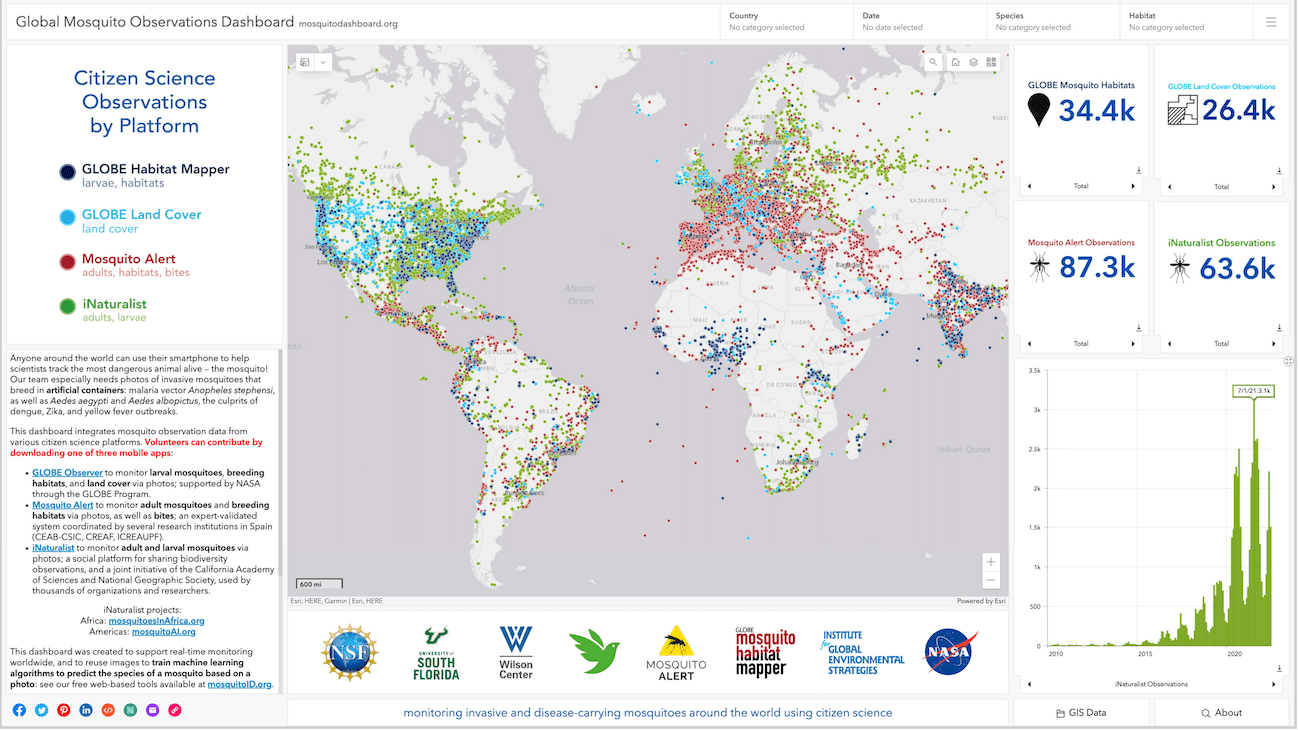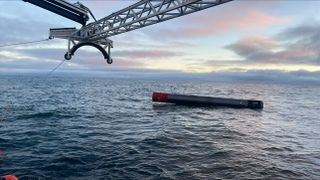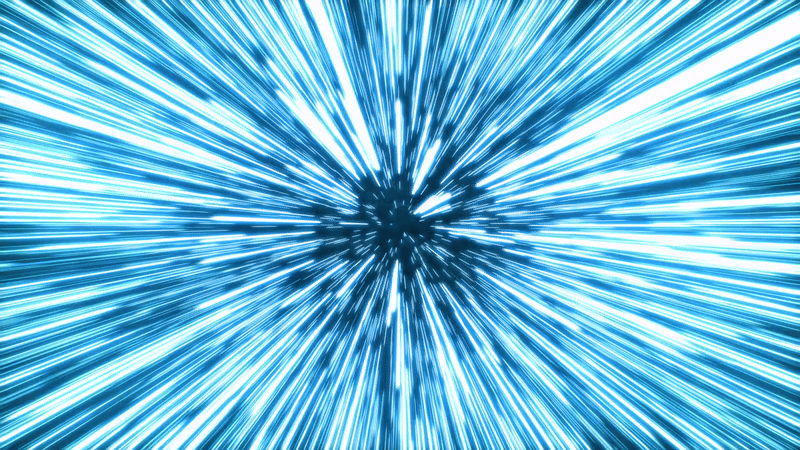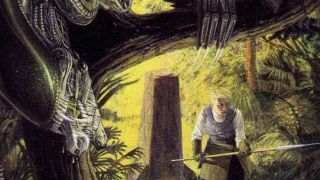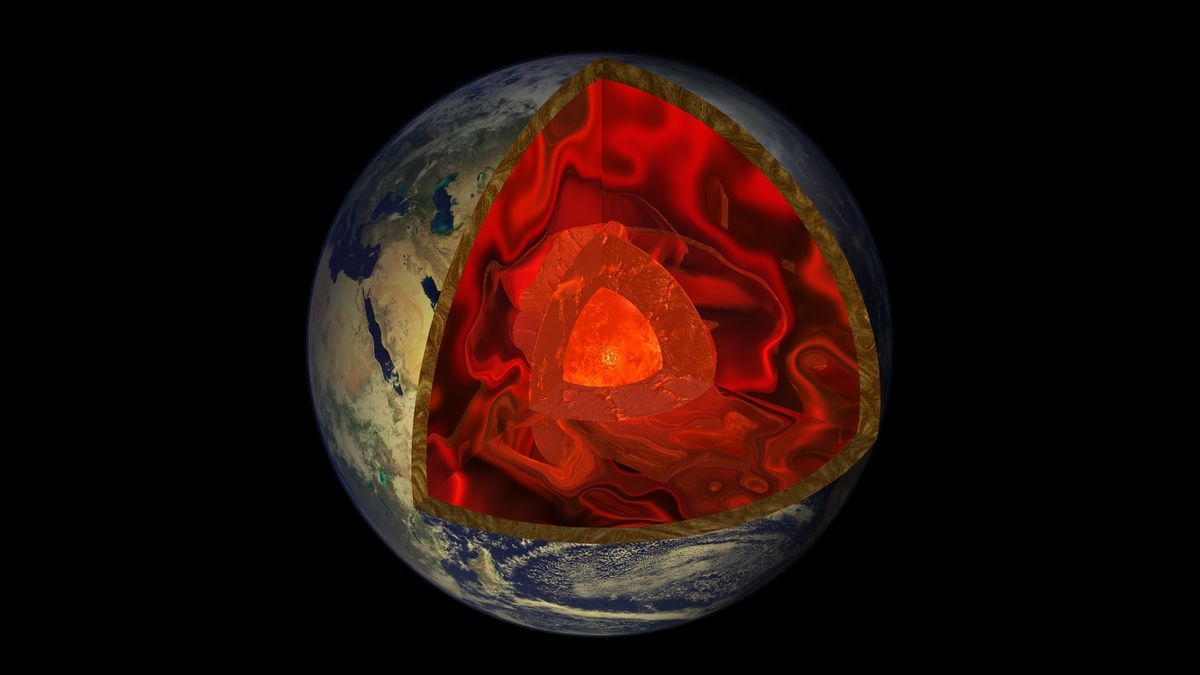On Aug. 30, 1984, space shuttle Discovery lifted off on the STS-41D mission, joining NASA’s fleet as the third space qualified orbiter. The newest shuttle incorporated newer technologies making it significantly lighter than its two predecessors. Discovery lofted the heaviest payload up to that time in shuttle history. The six-person crew included five NASA astronauts and the first commercial payload specialist. During the six-day mission, the crew deployed a then-record three commercial satellites, tested an experimental solar array, and ran a commercial biotechnology experiment. The astronauts recorded many of the…
Read MoreCategory: Nasa
Nasa
Scientists make lab-grown black hole jets
An experiment using beams of protons to probe how plasma and magnetic fields interact may have just solved the mystery of how quasars and other active supermassive black holes unleash their relativistic jets. Let’s picture the scene at the heart of a quasar. A supermassive black hole, perhaps hundreds of millions — or even billions — of times the mass of our sun, is ravenously devouring matter that is streaming into its maw from a spiraling, ultra-hot disk. That charged matter is called plasma, and it gets gravitationally drawn into…
Read MoreGreat Aurora
A vivid aurora streams over the Earth as the International Space Station orbited 273 miles above the southern Indian Ocean in between Australia and Antarctica.
Read MoreProyecto de la NASA en Puerto Rico capacita a estudiantes en biología marina
9 Min Read Proyecto de la NASA en Puerto Rico capacita a estudiantes en biología marina Una península cubierta por un bosque verde en la isla de Culebra se adentra en las aguas azules del Caribe mientras una tormenta cae a lo lejos. El azul turquesa que rodea la isla indica la presencia de aguas poco profundas, que son el hogar de los famosos arrecifes de coral de esta isla. Credits: Centro Ames de la NASA/Milan Loiacono Read this story in English here. Tainaliz Marie Rodríguez Lugo respiró hondo, se ajustó…
Read MoreNASA Earth Science Education Collaborative Member Co-Authors Award-Winning Paper in Insects
Learn Home NASA Earth Science Education… Earth Science Overview Learning Resources Science Activation Teams SME Map Opportunities More Science Stories Science Activation Highlights Citizen Science 2 min read NASA Earth Science Education Collaborative Member Co-Authors Award-Winning Paper in Insects On August 13, 2024, the publishers of the journal Insects notified authors of three papers selected to receive “Insects 2022 Best Paper Award” for research and review articles published in Insects from January 1 to December 31, 2022. One of the winning papers was co-authored by Russanne Low, PhD, Institute…
Read MoreSatellites are making the night sky brighter — as a launch site, New Zealand has a duty to combat light pollution
This article was originally published in The Conversation. The publication contributed the article to Space.com’s Expert Voices: Op-Ed & Insights. New Zealand’s space sector has been developing rapidly since the first rocket lifted off in 2017. It now contributes about NZ$1.7 billion in revenue, with plans to grow to $10 billion by 2030. Last year, New Zealand hosted seven rocket launches, all by the US-listed but local company Rocket Lab. It was in response to Rocket Lab’s initial proposal for a launch site that New Zealand developed a regulatory system from scratch in less than two years…
Read MoreStick to the shade in new extended ‘Dune: Awakening’ gameplay trailer (video)
Dune: Awakening â Gamescom Gameplay Presentation – YouTube Watch On “Your journey begins here, in the desert. Find the Fremen. Wake the Sleeper” It might have felt like we were all living on Arrakis this past July with the relentless scorching heat. Rest assured that cooler temperatures are rapidly arriving, but not for that storied sci-fi destination commonly known as Dune. Folding space back to that desolate planet where the spice Melange is harvested and water is held sacred, a new 27-minute gameplay trailer for Funcom’s upcoming “Dune: Awakening” was…
Read More‘Unbreakable’ quantum communication closer to reality thanks to new, exceptionally bright photons
Scientists have created an “exceptionally bright” light source that can generate quantum-entangled photons (particles of light) which could be used to securely transmit data in a future high-speed quantum communications network. A future quantum internet could transmit information using pairs of entangled photons — meaning the particles share information over time and space regardless of distance. Based on the weird laws of quantum mechanics, information encoded into these entangled photons can be transferred at high speeds while their “quantum coherence” — a state in which the particles are entangled —…
Read MoreBest Alien comic books of all time
Alien: Romulus is the shot in the arm the Alien movie franchise desperately needed, and FX’s Alien: Earth, its first-ever TV show, could keep the momentum going next year. If you’re dying to learn more about the Xenomorphs and experience wildly different tales of horror, we’ve put together our list of the best Alien comic books of all time. For decades, it was Dark Horse Comics who had the rights to both Alien and Predator in the realm of comic books, putting out several series and one-shots that were well…
Read MoreWeird mystery waves that baffle scientists may be ‘everywhere’ inside Earth’s mantle
Mysterious zones in the deep mantle where earthquake waves slow to a crawl may actually be everywhere, new research finds. Scientists already knew that ultra-low velocity zones (ULVZs), hover near hotspots — regions of the mantle where hot rock moves upward, forming volcanic island chains such as Hawaii. But mysterious earthquake waves suggest that these features might be widespread. ULVZs, which are located in the lower mantle near the core-mantle boundary, can slow seismic waves by up to 50%. That’s remarkable, said Michael Thorne, a geologist and geophysicist at the University of Utah.…
Read More


